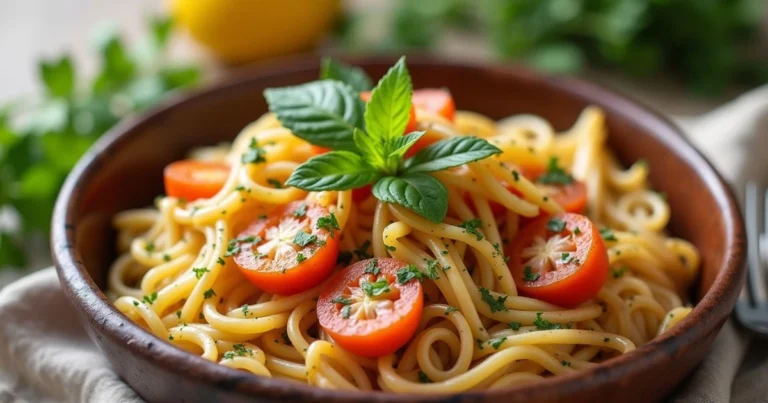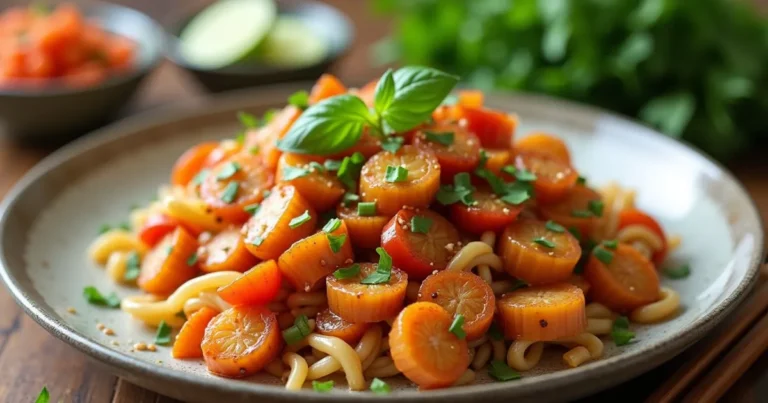Healthy Asian Food: Delicious Choices for a Balanced Lifestyle
Imagine walking through a bustling Asian market, the air filled with the aroma of fresh herbs, sizzling vegetables, and simmering broths. You pause, take in the colors, and feel an instant connection—not just to the food, but to a lifestyle that emphasizes balance, flavor, and well-being. That’s the beauty of healthy Asian food: it’s not just a meal, it’s an experience. From the comforting warmth of miso soup to the vibrant crunch of stir-fried vegetables, these dishes offer you more than nourishment—they give you energy, vitality, and a chance to enjoy food without guilt.
Whether you’re exploring Asian cuisine for the first time or looking to make healthier choices within your favorite dishes, this guide will help you understand, select, and prepare meals that support your wellness goals while keeping your taste buds delighted.
Table of Contents
Why Choose Healthy Asian Food?
Nutritional Benefits of Asian Cuisine

Asian cuisine has long been celebrated for its nutrient-dense ingredients. When you make healthy Asian food a part of your diet, you’re embracing dishes rich in:
- Vitamins and Minerals: Leafy greens like bok choy and napa cabbage provide vitamins A, C, and K, along with calcium and iron.
- Lean Proteins: Options like tofu, tempeh, chicken, and fish help build muscle and support metabolism.
- Complex Carbohydrates: Brown rice, soba noodles, and whole grains give you sustained energy without spikes in blood sugar.
- Healthy Fats: Ingredients like sesame oil and avocado contribute essential fatty acids that support heart and brain health.
Research shows that diets incorporating traditional Asian eating patterns can lower the risk of heart disease and support healthy weight management. For example, Japanese-style diets emphasize fish, vegetables, and fermented foods, which are linked to longevity and lower cholesterol levels.
Mindful Eating and Cultural Practices
One of the most compelling reasons to embrace healthy Asian food is the cultural emphasis on mindful eating:
- Portion sizes tend to be smaller, allowing you to enjoy meals without overeating.
- Fermented foods like kimchi, miso, and pickled vegetables boost gut health and immunity.
- Seasonal, locally-sourced ingredients ensure freshness and optimal nutrient intake.
By incorporating these practices, you not only enjoy flavorful meals but also cultivate a healthier relationship with food.
Key Ingredients in Healthy Asian Food
Vegetables and Greens

Vegetables form the cornerstone of healthy Asian food. Common options include:
- Bok choy
- Napa cabbage
- Spinach
- Seaweed
- Bell peppers
- Mushrooms
These ingredients are high in fiber, vitamins, and antioxidants, helping to reduce inflammation and promote overall wellness. Try stir-frying them lightly or steaming them to preserve nutrients.
Protein Sources
Protein is essential for energy, muscle maintenance, and satiety. In Asian cuisine, you can find:
- Lean meats: chicken, turkey, lean beef
- Seafood: salmon, shrimp, cod
- Plant-based proteins: tofu, tempeh, edamame
- Eggs: versatile for quick meals
Incorporating a variety of proteins ensures you get all essential amino acids while keeping your meals diverse and exciting.
Whole Grains and Noodles

Switching from refined grains to whole grains can dramatically improve your energy and digestion. Healthy options include:
- Brown rice
- Quinoa
- Soba noodles
- Rice noodles
Whole grains provide fiber, B vitamins, and minerals that sustain your energy levels throughout the day.
Healthy Fats and Oils
Healthy fats are crucial for brain function and hormone regulation. In Asian cooking, you can enjoy:
- Sesame oil
- Avocado oil
- Olive oil (fusion dishes)
- Nuts and seeds
Use oils in moderation and prefer cooking methods like stir-frying or roasting to preserve their benefits.
Popular Healthy Asian Dishes You Must Try

Here’s a table of some of the most popular healthy Asian food options with their key ingredients and nutritional benefits:
| Dish Name | Main Ingredients | Calories | Key Nutrients | Notes |
|---|---|---|---|---|
| Miso Soup | Miso paste, tofu, seaweed, green onions | 70 | Protein, probiotics, vitamins | Low-calorie starter |
| Stir-Fried Veggies | Broccoli, bell peppers, mushrooms | 150 | Fiber, vitamins A & C | Use minimal oil |
| Sushi Rolls | Rice, fish, cucumber, avocado | 200 | Omega-3, protein | Prefer brown rice for fiber |
| Pho (Vietnamese Soup) | Rice noodles, lean beef, herbs | 350 | Protein, minerals | Light broth for lower calories |
| Thai Green Curry | Coconut milk, vegetables, tofu, herbs | 300 | Fiber, vitamins, healthy fats | Use light coconut milk |
Quick and Easy Recipes for Busy Days
You don’t need hours in the kitchen to enjoy healthy Asian meals. Try these:
- Veggie Stir-Fry in 15 Minutes
- Ingredients: broccoli, bell peppers, carrots, garlic, ginger, sesame oil.
- Tip: Cook on high heat for a crisp-tender finish.
- Miso-Glazed Salmon with Brown Rice
- Ingredients: salmon fillet, miso paste, soy sauce, brown rice, steamed bok choy.
- Tip: Marinate salmon for at least 30 minutes for optimal flavor.
- Tofu and Vegetable Curry
- Ingredients: tofu, coconut milk, spinach, bell peppers, curry paste.
- Tip: Use light coconut milk to reduce calories while keeping creaminess.
Tips for Making Asian Food Healthier at Home


Cooking Methods to Preserve Nutrients
How you cook your food can affect its nutritional value. Prefer methods such as:
- Steaming: Preserves vitamins in vegetables.
- Stir-frying with minimal oil: Retains crunch and nutrients.
- Boiling or simmering: Ideal for soups and broths.
- Grilling or baking: Adds flavor without excess fat.
Reduce Sodium and Sugar
Many Asian sauces are high in sodium. You can:
- Use low-sodium soy sauce.
- Substitute sugar with natural sweeteners like honey or dates.
- Season with fresh herbs, spices, or citrus for flavor without excess salt.
Portion Control and Balanced Plates
A balanced Asian plate typically includes:
- 50% vegetables
- 25% protein
- 25% grains
Using this guide ensures that your meals are nutrient-dense and calorie-conscious.
Frequently Asked Questions (FAQ) About Healthy Asian Food
What Are the Best Healthy Asian Food Options for Weight Loss?
Focus on vegetable-rich dishes, lean proteins, and low-calorie soups like miso soup, pho with lean meat, and stir-fried vegetables.
Can I Eat Asian Food Every Day and Stay Healthy?
Yes, if you emphasize fresh ingredients, limit fried and processed foods, and maintain portion control.
How Do I Make Traditional Asian Recipes Healthier?
- Use less oil, choose lean proteins, and increase vegetable content.
- Swap white rice for brown rice or quinoa.
- Opt for light coconut milk or low-sodium sauces.
Is Asian Food Suitable for People with Dietary Restrictions?
Absolutely! Many dishes can be adapted for gluten-free, vegetarian, vegan, or low-carb diets by swapping certain ingredients.
Conclusion
Incorporating healthy Asian food into your daily meals offers more than just nutrition—it brings vibrancy, flavor, and a mindful approach to eating. By focusing on fresh vegetables, lean proteins, whole grains, and healthy cooking methods, you can enjoy meals that are both satisfying and beneficial to your long-term health.
Take the first step today: try one new healthy Asian recipe this week, experiment with flavors, and share your culinary creations with friends and family. Your body—and your taste buds—will thank you.
Did You Try Our Recipe ?
There are no reviews yet. Be the first one to write one.







